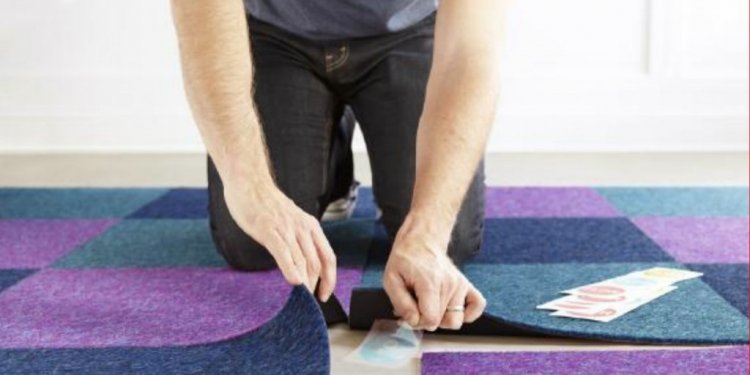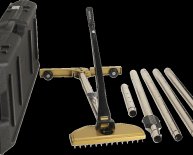
Carpet Installation Guide
If you’re looking to include a brand new carpet or runner to a-room or hallway, take a look at carpet tiles. They’re made in many colors and habits to make your own special designs. Plus, set up is simple and an excellent DIY project. Additionally you can install carpet tiles wall-to-wall, which can be just a bit more challenging.
Carpet tiles, often called carpet squares, also come in standard sizes like 18" x 18" and 24" x 24" which can be well suited for building geometric habits, and many makers make friend half- and quarter-size tiles to jazz your design.
You'll be able to reduce tiles you to ultimately make curved sides and unique insets, or simply just put in identical carpets to create a uniformly coloured and textured rug. A popular technique is to install identical tiles but switch each tile at 90 degrees to its next-door neighbors. The small variations in the way associated with weave of each tile causes a subtle checkerboard design and serves to disguise seams.
Carpet tiles are available with various materials, such as for instance wool and nylon, and cut-pile and loop piles in several depths — just like regular carpeting floors.
The greatest distinction relies on the type of supporting a manufacturer puts regarding base associated with the tile. There’s urethane, recycled vinyl, fiberglass, polypropylene and others. Regardless of the backing, it is vital that you pick carpeting tiles with a manufacturer’s guarantee against buckling, shrinking and curling within sides — the poor spot of carpeting tile set up.
Carpet tiles are generally glued down or have some version of peel-and-stick glue backing. For glue-down tiles, search for the manufacturer’s recommendation for a pressure-sensitive adhesive.
Either strategy calls for a clear, dry, hard subfloor. For below-grade basements, choose carpeting tiles with a vapor barrier backing.
You'll install over smooth ceramic tile that’s well-bonded and steady. Amount all grout lines with a leveling substance. Glossy tiles areas should always be sanded to guarantee the tiles bond securely.
Temperature and humidity amounts are important permanently adhesion. Bring the tiles in to the area you are flooring and allow them to acclimate for about a day before putting in. Temps must certanly be about 65 levels and relative humidity between 10 percent and 65 %.
It’s vital that you set tiles with sides precisely aligned — any offsets will create available seams. A beneficial technique is to utilize a six-foot level to keep sides in perfect alignment, going the particular level along as you work.
For wall-to-wall installations, you’ll want to make sure that the side tiles are at minimum a full half tile large to help prevent side curling.
Begin by snapping diagonal chalk outlines from part to part of one's room. That’ll offer you a center point of one's room for both width and size. From center point, measure to your center of each and every wall surface, and employ those measurements to regulate your design in order to prevent thin partial tiles.

















